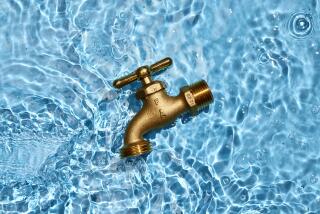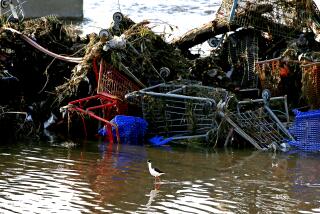Nation’s Waters Getting Cleaner, EPA Reports
WASHINGTON — In its annual assessment of the nation’s waters, the Environmental Protection Agency on Tuesday said improved sewage treatment is paying off in cleaner lakes, streams and estuaries.
But the agency said toxic contamination, pesticide and soil runoff, loss of wetlands and contamination of groundwater remain significant problems.
The agency said “water quality in the United States has improved significantly in the past 15 years, despite population and industrial growth.”
In Lake Erie, said EPA spokesman Dave Ryan, phosphorus and mercury have declined and the number of walleyed pike has risen.
In the Connecticut River, Ryan said, declining pollution and installation of fish ladders has led to the return of shad and Atlantic salmon.
Overall, the agency said, about three-fourths of the area of U.S. rivers, lakes and estuaries “are clean enough to support the uses states have set for them,” including fishing, swimming or drinking.
In 1984, about 80% of lakes and estuaries were up to standards but the report said the apparent decline is due “less to actual water quality degradation than to increases in the number of states providing data, in the number of waters assessed, in more targeted monitoring and in the discovery of problems” that may actually have been present earlier, the report said.
More to Read
Sign up for Essential California
The most important California stories and recommendations in your inbox every morning.
You may occasionally receive promotional content from the Los Angeles Times.









